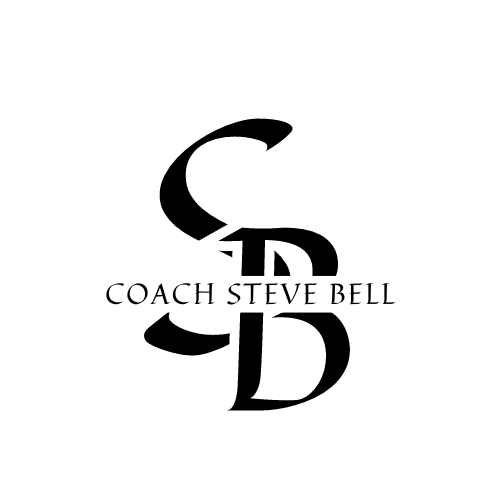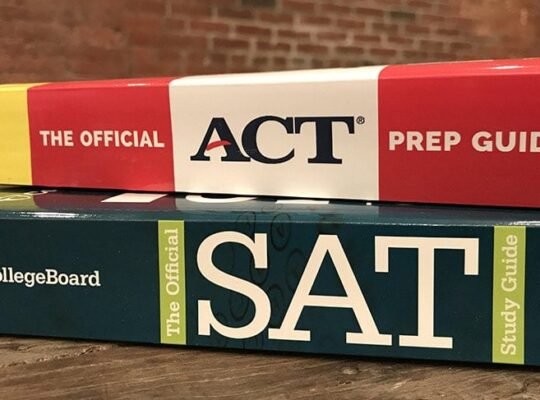Reflect on Your Goals
When approaching the process of selecting a college, one of the most critical steps involves deep self-reflection. Understanding your personal and academic goals will significantly inform your decision-making and help you identify institutions that align with your aspirations. Begin by articulating what you hope to gain during your college years. This could range from specific academic pursuits to broader personal development objectives.
Consider the academic disciplines that captivate your interest. Are you drawn to the sciences, humanities, or perhaps engineering? Defining your major and areas of study can help narrow down college options that provide strong programs in those fields. Research programs that emphasize experiential learning, internships, or research opportunities related to your chosen discipline, as these experiences can enhance your education and career readiness.
In addition to academics, think about the skills you wish to acquire during your time in college. Perhaps you strive to improve your communication abilities, leadership skills, or critical thinking capabilities. Identifying these elements not only aids in selecting a college but also allows you to actively seek out extracurricular activities that foster these skills, such as clubs, organizations, and volunteer opportunities.
Personal growth is another essential aspect to ponder. Consider what type of environment fosters your growth best—do you thrive in a large, bustling campus, or do you prefer a cozy, close-knit community? Reflecting on the campus culture, social dynamics, and available resources will help you choose a college that feels like home while supporting your development.
By understanding your goals and aligning them with potential colleges—considering factors such as location, campus culture, and extracurricular involvement—you can streamline your search and ultimately find a college that is the perfect fit for you.
Create a College List
Creating a comprehensive college list is a crucial step in the college selection process. To begin, students should identify their interests, goals, and preferred environments. This preliminary introspection will guide the research on potential colleges, ensuring that the institutions under consideration align with their aspirations.
Once interests are established, the next phase involves researching various colleges. There are several factors to consider during this process, including academic programs, campus culture, extracurricular activities, and support services. Online resources, such as college websites, virtual tours, and student reviews, provide valuable information. Attending college fairs and speaking with current students or alumni are also excellent ways to gather insights about each institution. For my Chandler Unified School District friends, September 17th at Hamilton High School is this year’s College Fair.
It is critical to create a balanced college list, which should include three categories of schools: safety, match, and reach institutions. Safety schools are those where a student’s academic profile significantly exceeds the admissions criteria. These schools provide a comforting sense of security, ensuring that students have viable options regardless of the outcome at other institutions.
Match schools, in contrast, represent a middle ground, where the student’s qualifications align closely with the school’s admissions standards, offering a reasonable chance of acceptance. Finally, reach schools are those where the applicant’s profile may fall below the typical range of admitted students, representing aspirational goals for students who wish to challenge themselves further.
By compiling a balanced college list that includes a mix of safety, match, and reach schools, students can approach the college application process with confidence. This strategy not only enhances their chances of acceptance but also ensures they have diverse options that cater to their academic capabilities and personal preferences.
Utilize College Search Tools
In the modern landscape of higher education, selecting the right college can be a complex process. Fortunately, numerous college search tools are available to assist students in narrowing down their options based on personal preferences and academic goals. One of the most widely recognized resources is the College Board’s college search feature, which provides a comprehensive and customizable search experience.
Utilizing college search tools allows students to filter schools according to various criteria such as majors offered, geographic location, campus size, and other personal factors. For instance, students can focus their search on specific programs that align with their career aspirations, ensuring that they find institutions that specialize in their fields of interest. Additionally, by adjusting location preferences, students can explore colleges in urban, suburban, and rural settings, facilitating a selection that is aligned not only with academic goals but also with lifestyle preferences.
The advantages of using these search resources extend beyond simply identifying colleges that meet broad parameters. Students often uncover institutions that may not have been on their radar, expanding their horizons and providing more options than they initially considered. For instance, a student interested in environmental science may discover lesser-known colleges offering robust programs that perfectly fit their criteria.
Moreover, once students access the data generated through these tools, they can analyze key factors such as acceptance rates, average test scores, and student-to-faculty ratios. This analysis equips students with the necessary information to make informed decisions, ultimately contributing to a tailored college selection process. By leveraging college search tools effectively, students can simplify an otherwise daunting task and better position themselves to find their perfect fit in the collegiate environment.
Visit Colleges
Visiting colleges is a crucial step in the college selection process, offering prospective students the opportunity to experience each campus firsthand. A campus visit allows individuals to gain insights that extend beyond the information found in brochures and websites, providing a deeper understanding of the college’s atmosphere and culture. Here are some essential tips for effectively planning your campus visits.
First, schedule your visits during times when classes are in session to observe the college environment in action. Arriving on weekdays, especially when the campus is bustling, gives a realistic view of daily student life. Make sure to check the college’s website for upcoming open house events, tours, and information sessions where you can interact with admissions staff.
When you arrive, take note of the campus layout, facilities, and resources available. Pay attention to the condition of the buildings, libraries, and study spaces, as these elements contribute to the overall student experience. Additionally, consider the surrounding community, including safety and accessibility to off-campus amenities such as shops, restaurants, and public transportation.
Engaging with current students and faculty is another vital aspect of your visit. Initiate conversations with students about their experiences and extracurricular opportunities. Ask faculty members about their teaching styles and the courses they offer. This engagement can provide unique perspectives that will inform your decision-making process.
Furthermore, observe the interactions among students. Are they friendly and inclusive? This social environment can significantly impact your college experience. Remember to take notes after each visit to help maintain clarity during your evaluation of each institution. Ultimately, the insights gained during campus visits are invaluable, empowering prospective students to make more informed choices about their college futures.
If you need assistance or have questions, you can always reach out.







